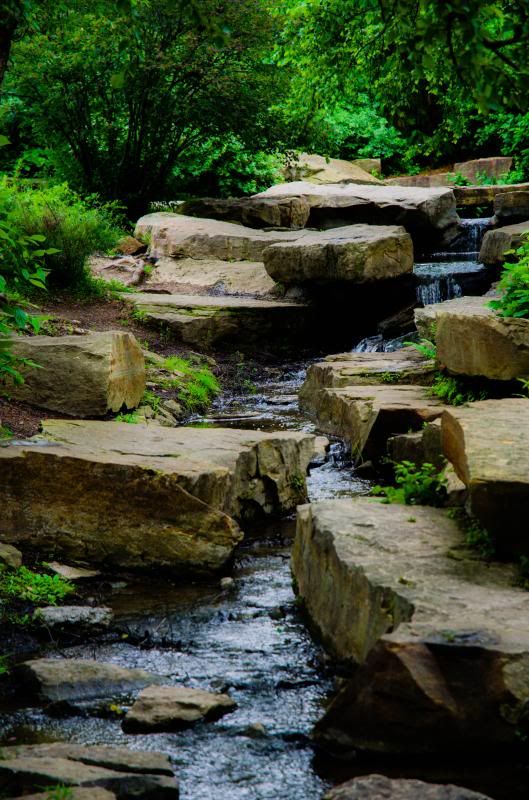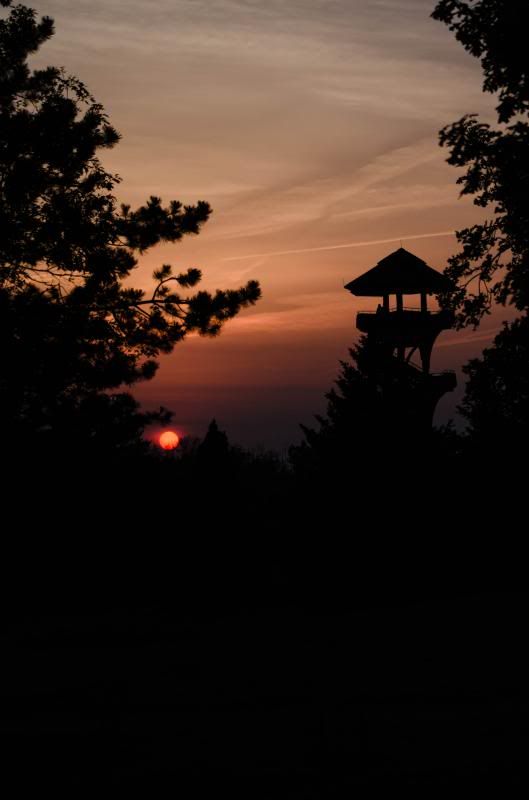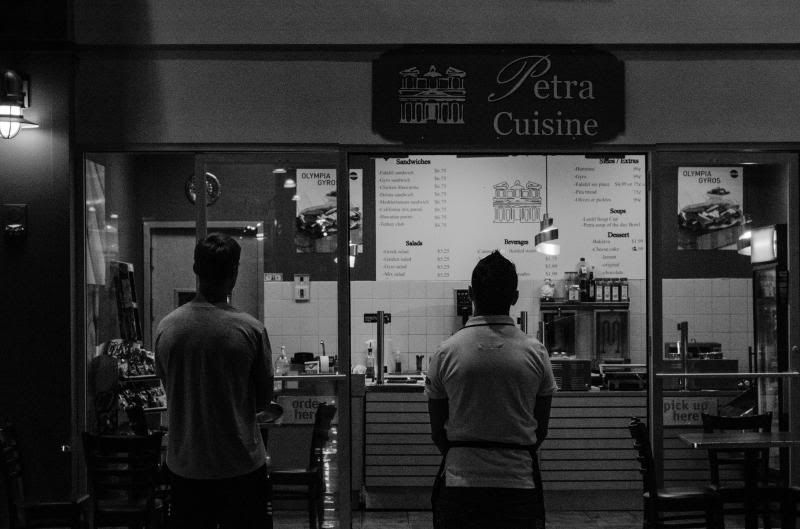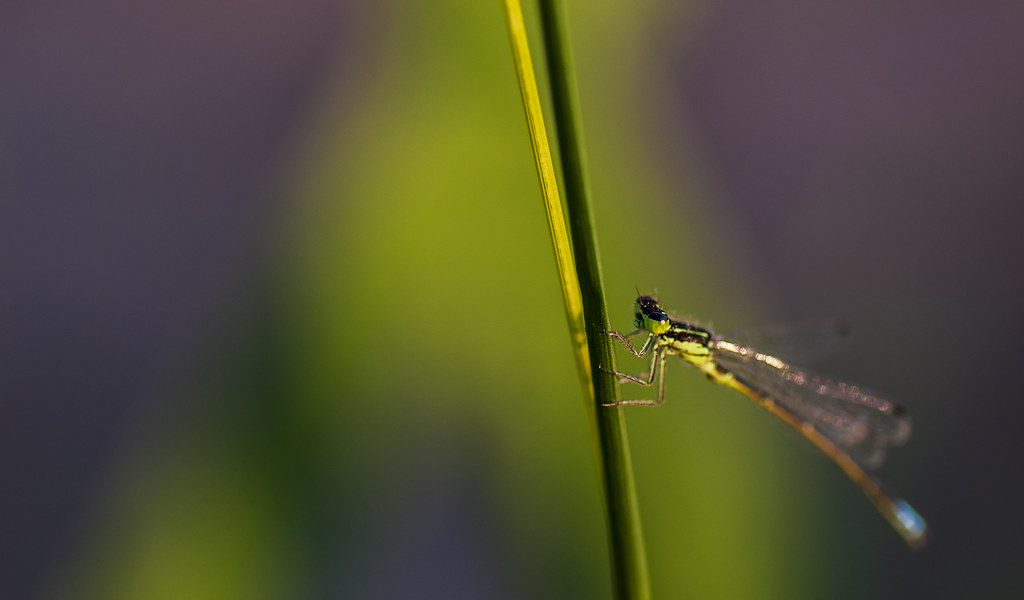So I bought Lightroom and tested out some editing on it vs PSE, and I like. This is just a first attempt at using Lightroom, hoping to get better as I go.
Some pics from a bboy competition I just came back from.
https://farm4.staticflickr.com/3921/14184705018_98c96c803d_c.jpg[img][/url]
[url=https://flic.kr/p/nTWJke][img]https://farm4.staticflickr.com/3885/14371311875_369f1d9af9_c.jpg[img][/url]
[url=https://flic.kr/p/nTDFHR][img]https://farm3.staticflickr.com/2900/14367986191_206553035a_c.jpg[img][/url]
[url=https://flic.kr/p/nTDFca][img]https://farm6.staticflickr.com/5080/14367984411_5689bcd246_c.jpg[img][/url][/QUOTE]
Lightroom is way more convenient than Ps for managing pictures. I love the fact it can directly publish pictures to your Flickr or Facebook. Works like a charm.
-
Hey, guest user. Hope you're enjoying NeoGAF! Have you considered registering for an account? Come join us and add your take to the daily discourse.
You are using an out of date browser. It may not display this or other websites correctly.
You should upgrade or use an alternative browser.
You should upgrade or use an alternative browser.
GAF Photography Q2 - 2014
- Thread starter captive
- Start date
- Status
- Not open for further replies.
I figure that yeah boat loads of luck for sure.
This is the full image, I took it with an aperture of f/10, ISO 250 and 10 second exposure.
This is the full image, I took it with an aperture of f/10, ISO 250 and 10 second exposure.
I love this one. Definitely on par with movie poster / promo material.
A few from my recent euro trip:

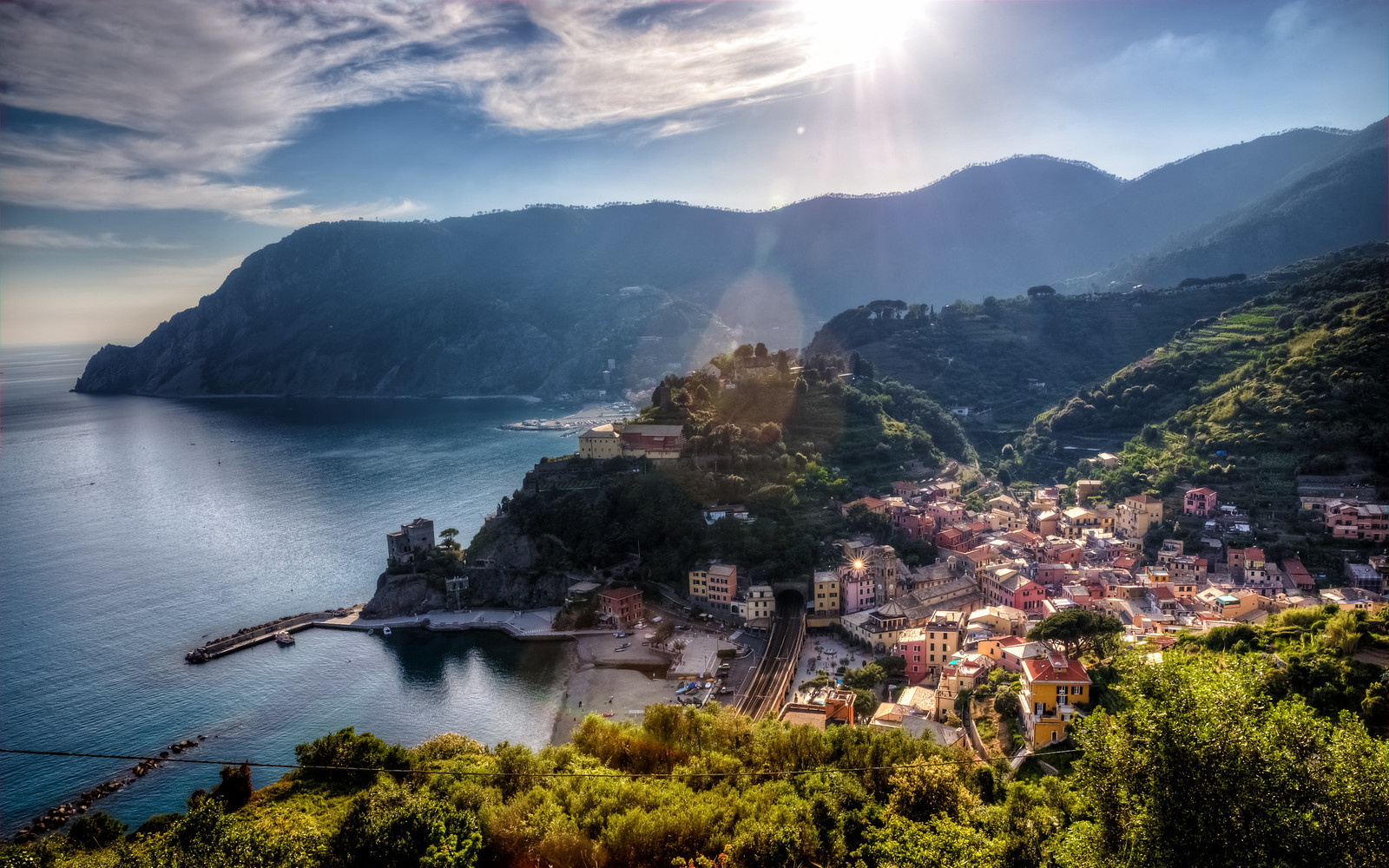
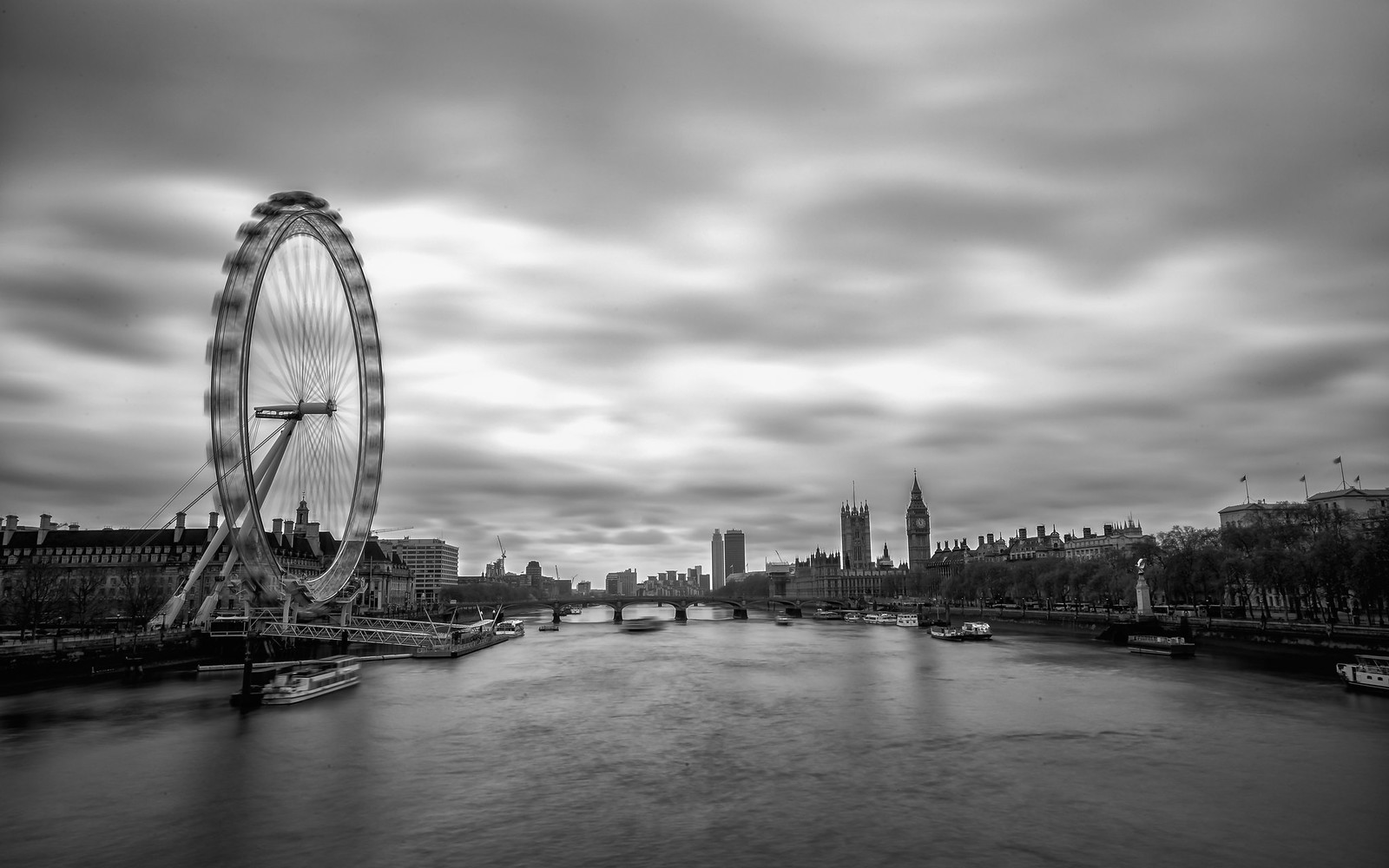

All of these are amazing.
New Batch

Valey of Rice by NLopes16

Like a Savana by NLopes16

Sem Titulo by NLopes16

Yellow Alentejo by NLopes16

Valey of Rice by NLopes16

Like a Savana by NLopes16

Sem Titulo by NLopes16

Yellow Alentejo by NLopes16
RapidCancel
Member
Some pics from recent Tallinn trip. Beautiful city.

Modern architecture by Henri Kotka, on Flickr

x100s-3886 by Henri Kotka, on Flickr

x100s-3777 by Henri Kotka, on Flickr

x100s-3772 by Henri Kotka, on Flickr

Modern architecture by Henri Kotka, on Flickr

x100s-3886 by Henri Kotka, on Flickr

x100s-3777 by Henri Kotka, on Flickr

x100s-3772 by Henri Kotka, on Flickr
jchap
Member
I think I'm done processing the last couple astrographs I've taken
Now that I think I got the off-axis guider figured out I'm going to go for a really long exposure (~4-5 hours) this weekend if the weather cooperates.
Now that I think I got the off-axis guider figured out I'm going to go for a really long exposure (~4-5 hours) this weekend if the weather cooperates.
I think I'm done processing the last couple astrographs I've taken
Now that I think I got the off-axis guider figured out I'm going to go for a really long exposure (~4-5 hours) this weekend if the weather cooperates.
How does one go about doing something like this? What does one need!?
Here are some of my shots from the 2014 X Games and the Kanye West concert in Austin. I didn't have press credentials but I was going to just enjoy myself. I was limited to a rented Sony RX10 as no detachable were allowed for fans. The RX10 was not bad but I couldn't rely on its continuous focus (very slow on the RX10) like I normally would with my DSLR. The other photographer, Marco, shots 1-75 had credentials and his shots are great!
My shots are numbers 76-112.
http://www.houstonpress.com/slideshow/the-2014-x-games-in-austin-41311343/
My shots are numbers 76-112.
http://www.houstonpress.com/slideshow/the-2014-x-games-in-austin-41311343/
Now that I think I got the off-axis guider figured out I'm going to go for a really long exposure (~4-5 hours) this weekend if the weather cooperates.
One feature I'd love to see more off is the astrotracer on Pentaxes. The 200$ GPS is required and the sensor can't move far enough for more than 5ish minute exposures, but it's all inside the camera and a lot of cameras/lenses nowadays have all the parts required.
I had only looked at the V700, but the price scared me. The V500-550-600 seem to do what I need for a fraction of the cost. I'd love to shoot medium format, but I don't know of any places that process it in Norway.Haha, yeah done that myself. My old Olympus OM1n can bet a bit funny to load sometimes. Usually these days I just sacrifice a few extra frames by winding on allot with the back open. If in doubt buy a dark bag you can pop the camera in to check any loading issues.
I develop all my own B+W films so have a basic epson flatbed scanner (V500) and a 120mm negative holder from http://www.betterscanning.com/ that I also use when I get my colour negs processed. I have seen a few specialist mail order places offer high res scans after processing here in the UK though.
sechsterangriff
Member
One feature I'd love to see more off is the astrotracer on Pentaxes. The 200$ GPS is required and the sensor can't move far enough for more than 5ish minute exposures, but it's all inside the camera and a lot of cameras/lenses nowadays have all the parts required.
I had only looked at the V700, but the price scared me. The V500-550-600 seem to do what I need for a fraction of the cost. I'd love to shoot medium format, but I don't know of any places that process it in Norway.
If you are happy shooting black and white its so easy to process at home for a fraction of the cost. My initial outlay for chemicals and tank was under £70 easy.
Edit:
These were processed and scanned at home in under two hours...
 Untitled by nunsofanarchy, on Flickr
Untitled by nunsofanarchy, on Flickr Untitled by nunsofanarchy, on Flickr
Untitled by nunsofanarchy, on Flickrjchap
Member
Fëanor;115655300 said:How does one go about doing something like this? What does one need!?
The first and most important piece of gear is a mount which is capable of keeping your camera pointed in the same location as the earth moves. There are a number of mounts capable of this but the best is an equatorial mount because to stay aligned you only have to move in one direction radially. If you already have a tripod, the cheapest way (~20 bucks) to do this is a home built barndoor configuration:
http://www.astropix.com/BGDA/SAMPLE2/SAMPLE2.HTM
You align the hinge of the mount to the celestial pole and turn the worm gear at a rate to correct the azimuth of the camera. This only works for short focal lengths (up to maybe 200 mm) and exposure times no more than a few minutes but is good enough to get amazing shots of the milky way or Andromeda. With a zoom lens you could maybe get a few other large deep space objects. This configuration has been used to shoot some incredible nighttime landscape images with wide angle lenses.
If you are open to spending a little more you might think of buying an entry level German equatorial mount (300-700 bucks) which is motorized and will fairly precisely keep your camera pointing in the correct location. The cheap mounts only are motorized to move the azimuth so you must be very precisely polarly aligned for it to track well. Even then there are mechanical issues that prevent perfect tracking and there will be error over long exposures.
When you get to the really long focal lengths or want longer exposures, the mounts get more expensive (700 - 10000+) to both handle the weight and to reduce mechanical periodic error as much as possible. Even with this added precision, long exposures are prone to error. To compensate, there are camera trackers which focus on a star from either a second guide scope or from a view out of the imaging plane through the main scope. The computer software sends correction commands to the motors in the mount to very precisely keep the camera pointed at the same object over very long exposures.
The mount is the most important piece of gear for astrophotography. You can have the best scope in the world but if you can't accurately track it then it is worthless for long exposure imaging.
As far as imaging cameras go you can use a DSLR or CCD cameras made especially for astrophotography. There are tring adapters for common telescope mounts for almost every make of DSLR. An important thing to realize is that most commercial cameras have IR filters to prevent overexposure from these wavelengths. Unfortunately, many nebula have emissions in these wavelengths and they will be severely attenuated with most cameras. This is not a deal breaker and you can still get some amazing shots with unmodified cameras but it is a limitation. Cannon makes a variant of their 60d (60da) with the cut filters set beyond the hydrogen emission wavelengths. Other than this many cameras can be modified to either remove or modify the cut filters for the same purpose.
Monochrome CCD cameras are the best imaging devices for astrophotography because they have built in sensor coolers to reduce thermal noise and because they can capture more information per color channel with very narrow band filters. The resulting images can be very high in contrast but these setups are expensive if you want a big sensor. Planetary imaging is usually done with webcams (small CCD sensors) and is generally much more affordable than deep sky imagery because you don't need a large sensor. Planetary images are generally taken at high frame rates as movies and then computer programs select the frames with the least atmospheric distortion and yield incredibly detailed images of the planets.
Guide cameras are typically also webcams with built in guide ports for connecting to ASCOM mount control ports or just usb ports for connecting to a laptop. They run from one to several hundred dollars.
As for lenses and telescopes: Wide-field short focal length lenses are generally best for landscape shots of the milky way or maybe Andromeda. Intermediate focal lengths beyond that can be done with zoom lenses but is best performed by a small refractor. These scopes aren't too expensive (200-300 bucks) and as a bonus as you get larger aperture scopes in the future the small refractor can become a guide scope. Longer focal lengths usually involve large aperture (8-16 inch) newtonians, scts, or dobs. Past that you are building an observatory.
San Antonio day trip. Nikon D800 does no wrong, only what you tell it to do.
https://farm6.staticflickr.com/5538/14354365546_5d3d400a85_b.jpg[img][/url]
[url=https://www.flickr.com/photos/101473800@N08/14190866568][img]https://farm3.staticflickr.com/2907/14190866568_d5e6582135_b.jpg[img][/url]
[url=https://www.flickr.com/photos/101473800@N08/14191130818][img]https://farm3.staticflickr.com/2905/14191130818_a1a4f3a75c_b.jpg[img]/url]
[url=https://www.flickr.com/photos/101473800@N08/14376742374][img]https://farm4.staticflickr.com/3915/14376742374_ae2ee0bf75_b.jpg[img][/url][/QUOTE]
Nice, I can't wait to get my D800
Lucky Forward
Member
Incoming!

IMG_9338 by Lucky Forward, on Flickr

IMG_9261 by Lucky Forward, on Flickr

IMG_9253 by Lucky Forward, on Flickr

IMG_9278 by Lucky Forward, on Flickr

IMG_9308 by Lucky Forward, on Flickr

IMG_9300 by Lucky Forward, on Flickr

IMG_9284 by Lucky Forward, on Flickr

IMG_9312 by Lucky Forward, on Flickr
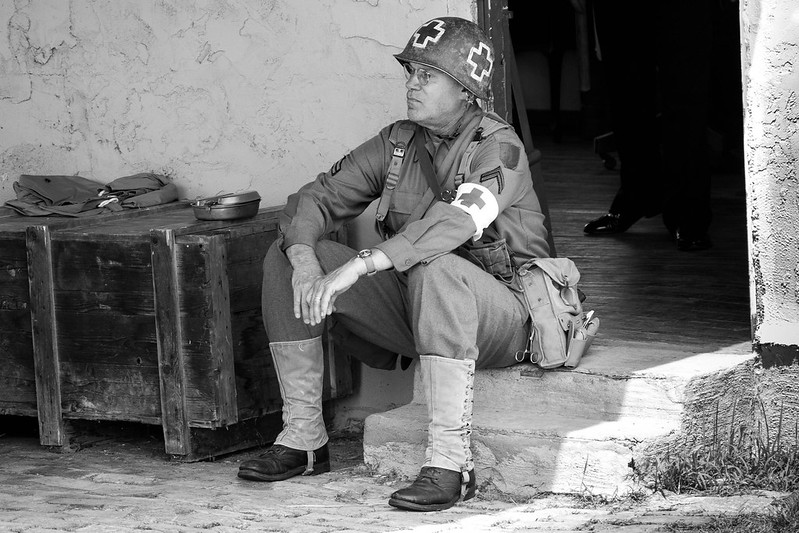
IMG_9280 by Lucky Forward, on Flickr

IMG_9405 by Lucky Forward, on Flickr
World War II reenactors at an airshow near Reading, Pennsylvania.

IMG_9338 by Lucky Forward, on Flickr

IMG_9261 by Lucky Forward, on Flickr

IMG_9253 by Lucky Forward, on Flickr

IMG_9278 by Lucky Forward, on Flickr

IMG_9308 by Lucky Forward, on Flickr

IMG_9300 by Lucky Forward, on Flickr

IMG_9284 by Lucky Forward, on Flickr

IMG_9312 by Lucky Forward, on Flickr

IMG_9280 by Lucky Forward, on Flickr

IMG_9405 by Lucky Forward, on Flickr
World War II reenactors at an airshow near Reading, Pennsylvania.
Nice, I can't wait to get my D800
Be sure to set ISO to auto in the Menu section. I was confused why my photos were shit for the first 10 minutes until I realized it was trying to hit ISO 100 no matter what in low light so it was taking 1/3 second exposures.
Do this and the D800's P mode becomes the D3200's Auto (with no flash I think) mode. But the D800 beats the shit out of the D3200 with autofocus speed/distance and color quality, high dynamic range (that Crockett's Hotel sign + sky I don't think would have shown up without the HDR sensor + reducing highlights in Lightroom) and responsiveness. It focuses so close that my 14-24 mm lens can obtain some nice bokeh.
I remember that the D3200 simply would not auto-focus with this lens at certain focal lengths. So the D3200 may be a good entry level camera, but let's not pretend the D800 doesn't do basically everything better.
But if you're into subjects that are in motion, you may want to look at other bodies. That apparently is the D800's weakness. Doesn't have cache for a dozen photos per second nor the ability to auto-focus well on subjects moving fast.
I think I'm done processing the last couple astrographs I've taken
Now that I think I got the off-axis guider figured out I'm going to go for a really long exposure (~4-5 hours) this weekend if the weather cooperates.
Looks good.
I'm hoping when I visit McDonald's Observatory that some enthusiastic scientist dude will be like "oh, let's connect the body to this observatory" and boom. Or at least tell me where to point other than the core of the milky way.
jchap
Member
Looks good.
I'm hoping when I visit McDonald's Observatory that some enthusiastic scientist dude will be like "oh, let's connect the body to this observatory" and boom. Or at least tell me where to point other than the core of the milky way.
OH awesome! Fort Davis / Marfa is one of the best dark sites in the entire country! I've been to the observatory before as a kid and its a cool place if you don't mind driving through nothingness for hours on end to get there.
OH awesome! Fort Davis / Marfa is one of the best dark sites in the entire country! I've been to the observatory before as a kid and its a cool place if you don't mind driving through nothingness for hours on end to get there.
Yeah, I'm excited about it. I'm going to be with my girlfriend and I-10 has a city every 30-50 miles, but I think it's a good trip to titrate up to a trip to Machu PIcchu late this year.
I'm going to bring my D3200 as well and have 2 timers to maximize captures. I suppose I should invest a bit of time in identifying where to shoot. I have a WP8 and the gf has Android so there has to be some good apps.
This is a shot I got of the milky way rising in Enchanted Rock in May:

Fort Davis in late June with a set moon should be much more opportunistic. Milky way core is in the sky by midnight. Also D3200->D800 upgrade. I'm hoping to match this after stack, but even if I get half of the detail I'll be happy. Same equipment/location as me but with astrotrac.
jchap
Member
Yeah, I'm excited about it. I'm going to be with my girlfriend and I-10 has a city every 30-50 miles, but I think it's a good trip to titrate up to a trip to Machu PIcchu late this year.
I'm going to bring my D3200 as well and have 2 timers to maximize captures. I suppose I should invest a bit of time in identifying where to shoot. I have a WP8 and the gf has Android so there has to be some good apps.
This is a shot I got of the milky way rising in Enchanted Rock in May:
Fort Davis in late June with a set moon should be much more opportunistic. Milky way core is in the sky by midnight. Also D3200->D800 upgrade. I'm hoping to match this after stack, but even if I get half of the detail I'll be happy. Same equipment/location as me but with astrotrac.
Download stellarium it will at least let you find out when the milky way rises or where Andromeda and the heart and soul nebula will be.
Download stellarium it will at least let you find out when the milky way rises or where Andromeda and the heart and soul nebula will be.
What's the name of the galaxy you're capturing? Cool subject because it's consuming another galaxy. I'm wondering if I can capture it.
jchap
Member
Its the whirlpool galaxy.
Here is a stack of 94 10 second exposures with a 200 mm zoom lens and a barndoor tracker:

With a much shorter focal length it would be too small to resolve much detail. The nice thing about Stellarium is that you can put in your camera and lens specs and it will show you the frame size in relation to the object your are photographing.
If you have a focal length less than a few hundred mm I would recommend Andromeda:

It's bigger in the sky than the moon
Even bigger than Andromeda is the Heart and Soul nebula:
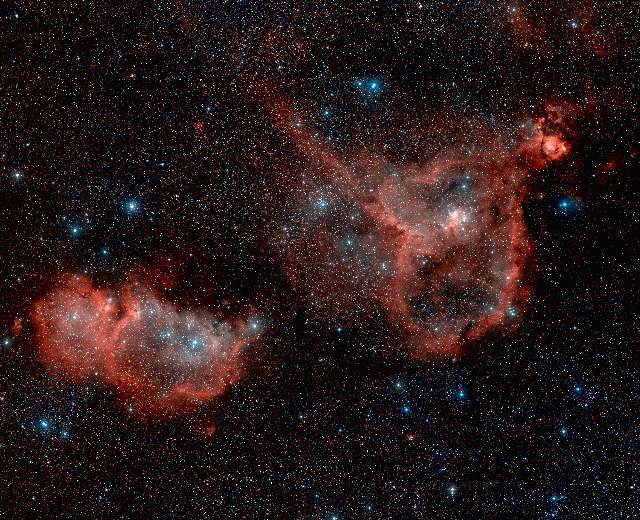
They might be hard to see depending on your camera's cut filters
Here is a stack of 94 10 second exposures with a 200 mm zoom lens and a barndoor tracker:

With a much shorter focal length it would be too small to resolve much detail. The nice thing about Stellarium is that you can put in your camera and lens specs and it will show you the frame size in relation to the object your are photographing.
If you have a focal length less than a few hundred mm I would recommend Andromeda:

It's bigger in the sky than the moon
Even bigger than Andromeda is the Heart and Soul nebula:

They might be hard to see depending on your camera's cut filters
Its the whirlpool galaxy.
Here is a stack of 94 10 second exposures with a 200 mm zoom lens and a barndoor tracker:

With a much shorter focal length it would be too small to resolve much detail. The nice thing about Stellarium is that you can put in your camera and lens specs and it will show you the frame size in relation to the object your are photographing.
If you have a focal length less than a few hundred mm I would recommend Andromeda:

It's bigger in the sky than the moon
Even bigger than Andromeda is the Heart and Soul nebula:

They might be hard to see depending on your camera's cut filters
Damn, and you're doing this in Virginia. I shall aim for Andromeda then.
These are with a rented RX10. DSLRs weren't allowed for the X Games.
 DSC00258 by Derrek Barlow, on Flickr
DSC00258 by Derrek Barlow, on Flickr
 DSC00247 by Derrek Barlow, on Flickr
DSC00247 by Derrek Barlow, on Flickr
 DSC00156 by Derrek Barlow, on Flickr
DSC00156 by Derrek Barlow, on Flickr
 DSC00637 by Derrek Barlow, on Flickr
DSC00637 by Derrek Barlow, on Flickr
 DSC00541 by Derrek Barlow, on Flickr
DSC00541 by Derrek Barlow, on Flickr
 DSC00258 by Derrek Barlow, on Flickr
DSC00258 by Derrek Barlow, on Flickr DSC00247 by Derrek Barlow, on Flickr
DSC00247 by Derrek Barlow, on Flickr DSC00156 by Derrek Barlow, on Flickr
DSC00156 by Derrek Barlow, on Flickr DSC00637 by Derrek Barlow, on Flickr
DSC00637 by Derrek Barlow, on Flickr DSC00541 by Derrek Barlow, on Flickr
DSC00541 by Derrek Barlow, on FlickrTchu-Espresso
likes mayo on everthing and can't dance
All of these are amazing.
Thank you so much.
I saw these bulbs in a market in Camden Town and had my camera with me so thought I'd take some photos.

Colourful bulbs 1 by perminder_suman, on Flickr

Colourful bulbs 2 by perminder_suman, on Flickr

Colourful bulbs 1 by perminder_suman, on Flickr

Colourful bulbs 2 by perminder_suman, on Flickr
Damn, I did not know you can get such a good astrophotography pics with consumer cameras. Good stuff.
Most people seem to upload their pics to Flickr yet there does not seem to be a GAF group in Flickr?

x100s-3869 by Henri Kotka, on Flickr

Winding road at rainy day by Henri Kotka, on Flickr

x100s-3880-3 by Henri Kotka, on Flickr
Most people seem to upload their pics to Flickr yet there does not seem to be a GAF group in Flickr?

x100s-3869 by Henri Kotka, on Flickr

Winding road at rainy day by Henri Kotka, on Flickr

x100s-3880-3 by Henri Kotka, on Flickr
Sickness702
Member
National Agriculture Fair part one:

Strange Bicycle by NLopes16

Sem Titulo by NLopes16

Zé Povinho by NLopes16

 by NLopes16
by NLopes16

Strange Bicycle by NLopes16

Sem Titulo by NLopes16

Zé Povinho by NLopes16


I decided to splurge on the Nikon 24 mm f/1.4 prime lens because it's going to be my lens of choice for astrophography, low light, traveling at night, and it's smaller/lighter than the zoom. Additionally the pleasing bokeh that it does won me over. I'm a sucker for bokeh.
The 14-24mm f/2.8 zoom probably will be my choice for daytime photography when you want to get everything in frame with a little bit more of wiggle room to adjust. I think this lens also better at contrast/sharpness at all points of the lens than the prime.
I think these and the cheapo f/1.8 35 mm and f/1.8 50mm shall remain my arsenal for quite a while. Macro and portrait f/1.4 50-80mm (prime, not sure which one) will be 2015 or later.
I think it's a recent thing. If you look at sensor/body image quality testing, they rapidly improved between 2000-2012. The Nikon D800E still has the highest score with the D800 just behind it and a new Sony DSLR matching it in 2013.
So that combined with faster computers and better software for aligning stars and stacking images allows you to get much better images than 10 years ago.
The 14-24mm f/2.8 zoom probably will be my choice for daytime photography when you want to get everything in frame with a little bit more of wiggle room to adjust. I think this lens also better at contrast/sharpness at all points of the lens than the prime.
I think these and the cheapo f/1.8 35 mm and f/1.8 50mm shall remain my arsenal for quite a while. Macro and portrait f/1.4 50-80mm (prime, not sure which one) will be 2015 or later.
Damn, I did not know you can get such a good astrophotography pics with consumer cameras. Good stuff.
I think it's a recent thing. If you look at sensor/body image quality testing, they rapidly improved between 2000-2012. The Nikon D800E still has the highest score with the D800 just behind it and a new Sony DSLR matching it in 2013.
So that combined with faster computers and better software for aligning stars and stacking images allows you to get much better images than 10 years ago.
Its the whirlpool galaxy.
Here is a stack of 94 10 second exposures with a 200 mm zoom lens and a barndoor tracker:

With a much shorter focal length it would be too small to resolve much detail. The nice thing about Stellarium is that you can put in your camera and lens specs and it will show you the frame size in relation to the object your are photographing.
If you have a focal length less than a few hundred mm I would recommend Andromeda:

It's bigger in the sky than the moon
Even bigger than Andromeda is the Heart and Soul nebula:

They might be hard to see depending on your camera's cut filters
So actually Andromeda appears that it will be below the horizon when I'm out in west TX. I'm going to use really short focal length lenses...any constellations and nebulae around the milkway core that would be cool to shoot? I think I'll end up just shooting all around it and then cropping what looks good considering I have a full frame body at 24mm it should get a lot of the sky.
Think I'm going to try these settings first:
Nikon D800
AF-S 24 mm f/1.4 G ED
ISO 1600
Exposure 20 seconds
No High ISO noise reduction
Yes to Long Exposure Noise Reduction
Interval 45 seconds (because I'm worst case expected another 20 seconds for the Long Exposure Noise Reduction, but I'm not sure)
f/1.4
Infinite focus obviously
Auto white balance sRGB space
5 photos per set
The ISO may be better at 1250, 800, or 3200. I'll see. But with that HDR sensor + f/1.4 in one of the darkest places in the continental US I wouldn't be surprised if I go to ISO 800.
The thing I'm most concerned about is the interval. With my D3200 in Enchanted Rock I didn't give enough for the Long Exposure Noise Reduction processing time. So tons of my series of photos wouldn't stack because I think the shots weren't spaced evenly or a car drove by or something and caused the stack to blur everything. What's the best practice here to ensure evenly distributed shots?
It may be that the D800 processes this stuff fast as it seems more responsive in general than the D3200.
jchap
Member
So actually Andromeda appears that it will be below the horizon when I'm out in west TX. I'm going to use really short focal length lenses...any constellations and nebulae around the milkway core that would be cool to shoot? I think I'll end up just shooting all around it and then cropping what looks good considering I have a full frame body at 24mm it should get a lot of the sky.
Think I'm going to try these settings first:
Nikon D800
AF-S 24 mm f/1.4 G ED
ISO 1600
Exposure 20 seconds
No High ISO noise reduction
Yes to Long Exposure Noise Reduction
Interval 45 seconds (because I'm worst case expected another 20 seconds for the Long Exposure Noise Reduction, but I'm not sure)
f/1.4
Infinite focus obviously
Auto white balance sRGB space
5 photos per set
The ISO may be better at 1250, 800, or 3200. I'll see. But with that HDR sensor + f/1.4 in one of the darkest places in the continental US I wouldn't be surprised if I go to ISO 800.
The thing I'm most concerned about is the interval. With my D3200 in Enchanted Rock I didn't give enough for the Long Exposure Noise Reduction processing time. So tons of my series of photos wouldn't stack because I think the shots weren't spaced evenly or a car drove by or something and caused the stack to blur everything. What's the best practice here to ensure evenly distributed shots?
It may be that the D800 processes this stuff fast as it seems more responsive in general than the D3200.
I would take a few test shots at 20 seconds and make sure you aren't getting too long of star trails. If you are go for a shorter exposure and take more of them for stacking. I'm not sure how many consecutive shots Nikons take before taking a dark frame for the LENR corrections. I would probably run a few of whatever that burst count is (probably 3-4 exposures) and then recenter of the frame on a fixed bright object (unless you are also shooting a landscape). Also don't stop at 5 exposures per location. Take at least 20 or so at 10-20 second exposures. You can then use deep sky stacker (or photoshop) to align the stars you are shooting so as long as they are within a 30 minute window or so it should be fine with a little cropping. I'm also not as familiar with the noise performance of Nikons at high ISO levels but I always shoot at 6400 ISO on my Cannon. I would probably at least try 3200 if you can keep the moon out of the frame.
Assuming you will be shooting in the next couple days around midnight then we have a nearly full moon that is almost right on top of the milky way core. Bad luck!
Because of the obnoxiously bright moon you may you probably want it out of the frame which would be the NE section of the milky way core. That is the direction of the heart and soul nebula (which are in the milky way core but unfortunately they wont rise until about 2 AM. If I were in your shoes I would focus on shots of the northern milky way core pointed the opposite direction of the moon. Also, you can always go for some lunar shots, or you could get Saturn and Mars in the same frame. You could also or go after constellations like the big dipper. Because your frame size is so large you could maybe even get a shot of the big dipper in the left side of the frame and the northern milky way core in the right. Good luck.
I'm going to be messing around with periodic error correction and tracking settings tonight but I don't anticipate taking any real shots of anything because of the moon. If I get my tracking work done early I might do some shots of saturn.
Update: Took some 30 minute exposures tonight and the stars are perfectly round despite the terrifying looking PHD graphs. Guiding at 2800 focal length is not for the faint of heart
- Status
- Not open for further replies.





















